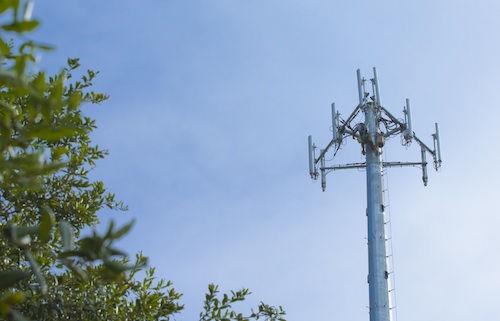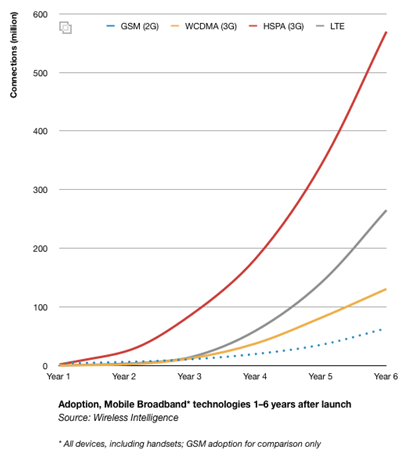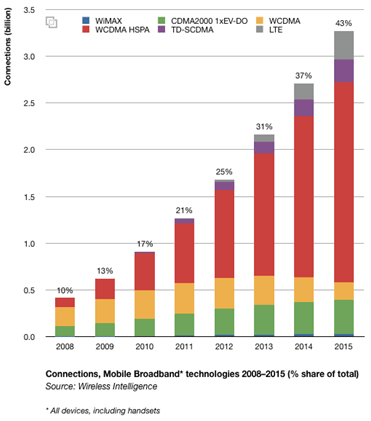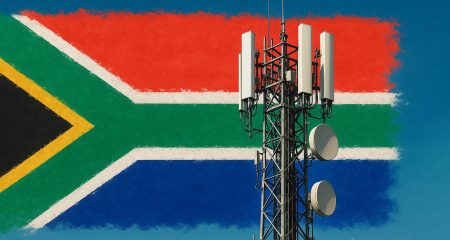
The GSMA, a cellular telecommunications industry association, says there will be more than 500m broadband connections worldwide using third-generation mobile high-speed packet access (HSPA) technology by the end of this month. Also, the first 1m connections to next-generation long-term evolution (LTE) networks have been reached.
The association says the new figures highlight the impact of the explosive demand for smartphones, connected tablets and mobile broadband dongles worldwide.

The rate at which HSPA mobile broadband has been adopted in its first six years is 10 times higher than the take up of second-generation mobile phones when they were first introduced in the mid-1990s. Over the next five years, mobile operators will invest almost US$100bn in HSPA, HSPA+ and LTE networks that offer up to 100Mbit/s peak download speeds.
There are now more than 19m HSPA connections being added every month and it’s expected the industry will reach 1bn HSPA connections by the end of 2012. LTE networks are also being introduced rapidly, with 300m connections expected by 2015.

“With regard to LTE, the Asia-Pacific region will account for 43% of LTE connections by 2015, but growth will initially be driven by developments in North America and Western Europe,” says Joss Gillet, senior analyst at Wireless Intelligence.
According to the GSMA, more than 3 100 devices support HSPA, with 350 HSPA networks in 132 countries. In total, 88 HSPA networks in 50 countries have been upgraded to HSPA+, with a further 52 network upgrades planned. HSPA+ offers peak theoretical download speeds of 84Mbit/s, potentially rising to 168Mbit/s if deployed in wider spectrum bands. — Staff reporter, TechCentral
- Subscribe to our free daily newsletter
- Follow us on Twitter or on Facebook




